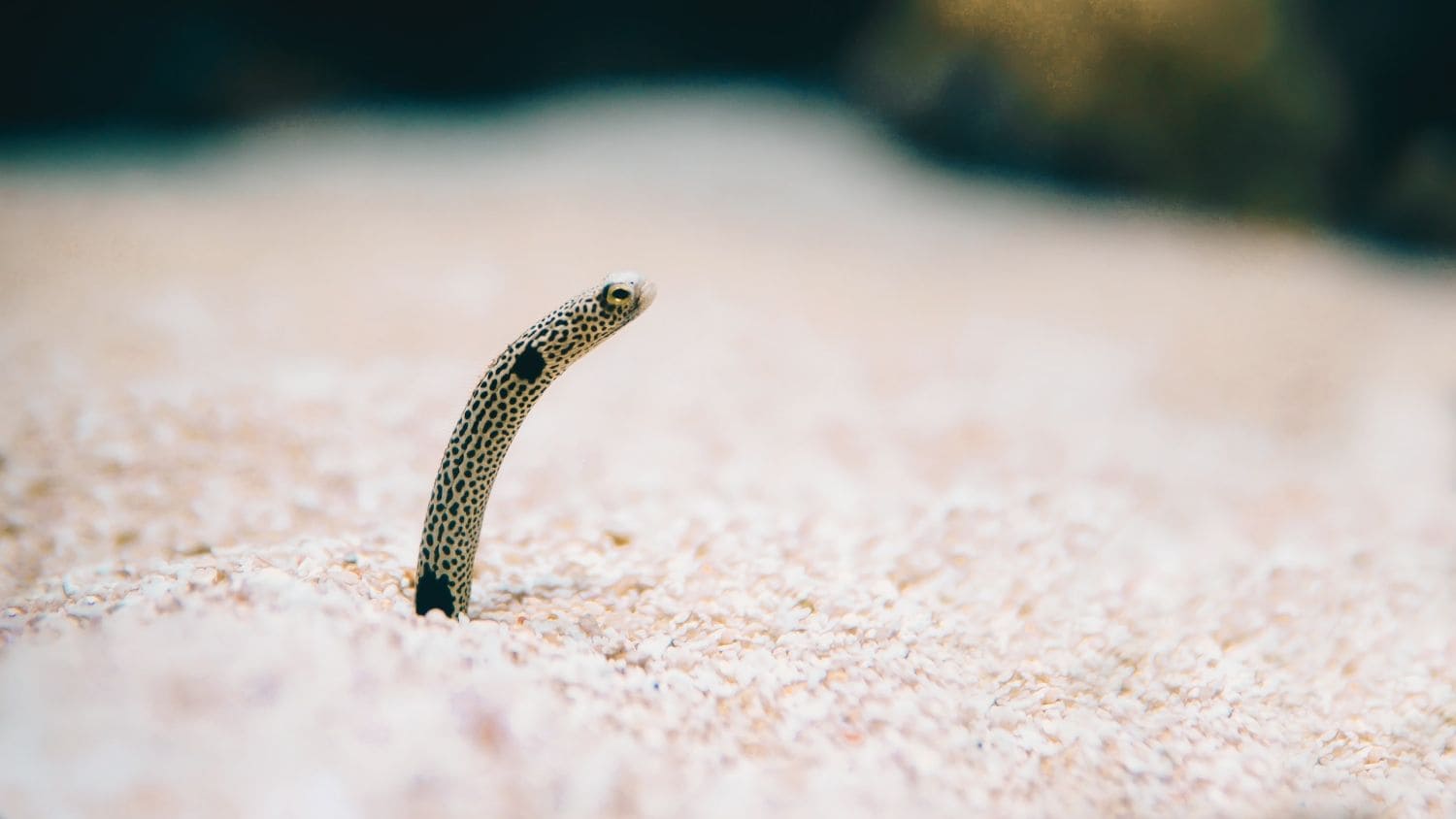
If you’re an expert aquarist looking for an interesting addition to your tank, the Garden Eel can be a great option with some potential caveats. This eel, scientific name Heteroconger hassi, has some strict demands that can make it challenging to care for, but this can be a rewarding experience for more advanced hobbyists.
In this guide to the Garden Eel, we’ll explore what this species requires to help you determine whether it’s right for you.
Garden Eels aren’t picky eaters and feed on zooplankton that drifts by them, but this method of eating can prove challenging to recreate in a captive environment. You must have a gentle current that ensures the Garden Eel receives zooplankton regularly. If the eel must remove its tail from its burrow to feed, it simply won’t eat.
An automatic system will help create a consistent flow of zooplankton that will keep your Garden Eel well-fed.
The need for plenty of sand to provide a burrow makes other Garden Eels and sand-dwelling tank mates ideal to accompany your eel.
In addition to other Garden Eels, you can keep your eel with everything from sea cucumbers and hermit crabs to Nassarius and Cerith snails. However, you should avoid keeping your eel with any aggressive and competitive fish.